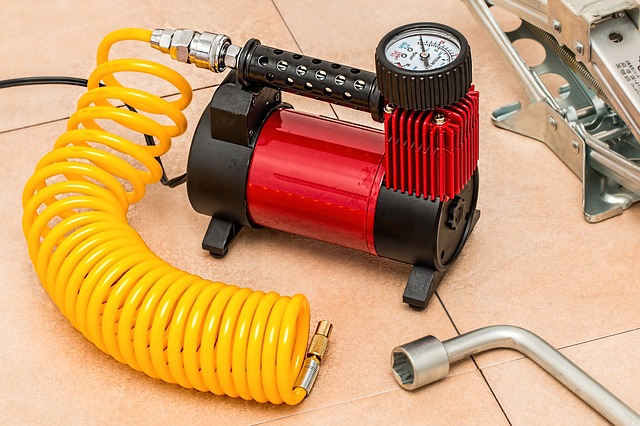Did you realize there are over 28 million small businesses in the United States alone?
Finding a way to carve out a niche is essential when attempting to compete in the world of small businesses. Failing to set yourself apart from the competition will generally lead to big problems.
One of the best ways to showcase the services and products your company offers is by having a website built. When consulting with web design professionals, be sure to discuss the navigation aspects of this project.
Read below to find out some helpful tips regarding website navigation design.
1. Consider Putting Sticky Navbars on Your Site
The main goal you should have when it comes to your website’s navigation is getting visitors from point A to point B. Having a navigation bar fixed at the top of the screen on a website will allow users to find the pages they need.
In recent years, companies have started to use sticky navbars on their website. These bars hover just above where a user is scrolling, which makes switching to a new page much easier.
These types of sticky navbars are extremely useful to users accessing a site from a mobile device. With this bar, mobile users can easily find what they need without having to resize the screen.
If your website has a number of navigation items, you may want to stick with a fixed navbar. Consulting with your web designer is a great way to figure out what they recommend.
2. The Power of the Mega Menu
Are you trying to make site navigation easier for visitors? One of the best ways to accomplish this goal is by using a mega menu.
Many magazine-style blogs use these menus to make it easier for visitors to find the pages they want to view. Instead of flowing vertically like a drop-down menu, these bars get wider. Using mega menus is especially helpful for sites that have multiple columns of content they want to showcase.
With a mega menu in place, you will allow visitors to scroll through all of the content on your site with ease. Keep in mind that mega menus don’t work on mobile devices. Trying to put one of these menus on the mobile version of your site will generally lead to lots of frustrated users.
3. Avoid Drop Down Menus if You Can
While drop-down menus are quite popular, they can also create problems when used incorrectly. If you are trying to get your website ranked on the first page of Google, drop down menus can prohibit this from happening.
Typically, search engines have a very hard time crawling the content in these types of menus. This inability to crawl your website may lead to a search engine assigning you a much lower rank on result pages.
Many consumers dislike drop down menus because they are often hard to operate on mobile devices. Instead of putting elements on your site that will annoy visitors, you should steer clear of the drop-down menu.
4. Vertical Sliding Navigation Can Be Appealing
When done the right way, vertical navigation can be both very appealing and easy to use. Generally, this type of navigation is used on portfolio sites.
The biggest mistake most business owners make when trying to use this navigation is failing to implement a full page design. Trying to use this navigation on a grid-type design can cause major issues to develop.
Working with a seasoned designer is important when trying to use this navigation on a mobile site. Attempting a DIY design job with vertical navigation is a recipe for disaster.
5. Put a Cap on the Number of Menu Items
Having hundreds of links on your homepage not only looks bad, it is confusing for visitors to the website. By limiting the number of menu items on a site to around seven, you can improve the look and navigation it has.
In the eyes of search engines, the homepage on your website has the most authority. Having tons of links on the home page will dilute the amount of authority passed on to these links.
This means the interior pages on your website are far less likely to rank with there are multiple links to them on the homepage.
Making the navigation on your website concise will not only help visitors, it will also improve your rank in powerful search engines like Google.
6. Make Your Sub-Menus Responsive
During the design process of your website, you need to focus heavily on providing mobile users with a good experience. There are lots of web designers that hide some links on mobile sites to save room on the screen.
Offering mobile users all of the links on a homepage is easy when using a responsive drop down menu. Your designer should have no problem putting in toggle icons that link to drop down menus for mobile users.
Focusing on the mobile user is a good idea since a lot of the traffic you receive on your site will be from people on tables or cell phones.
7. Top Story Carousels Can Be Effective
If you are in the process of building a new site, then chances are you will want to use a top story carousel. Higher volume news sites publish multiple articles a day, which can make it hard for visitors to keep up with the newest stories.
The top story carousel will give users a chance to browse all of the latest stories with ease. You can update and alter the stories that show up on this carousel with ease.
Looking For More Website Navigation Design Tips?
Working on making your website more user-friendly can help you increase traffic substantially. With the help of an experienced web designer, you should have no problem improving the layout of your site.
Are you looking for more website navigation design tips? Be sure to visit the Designs Desk website to take a look at the helpful blogs we have.











